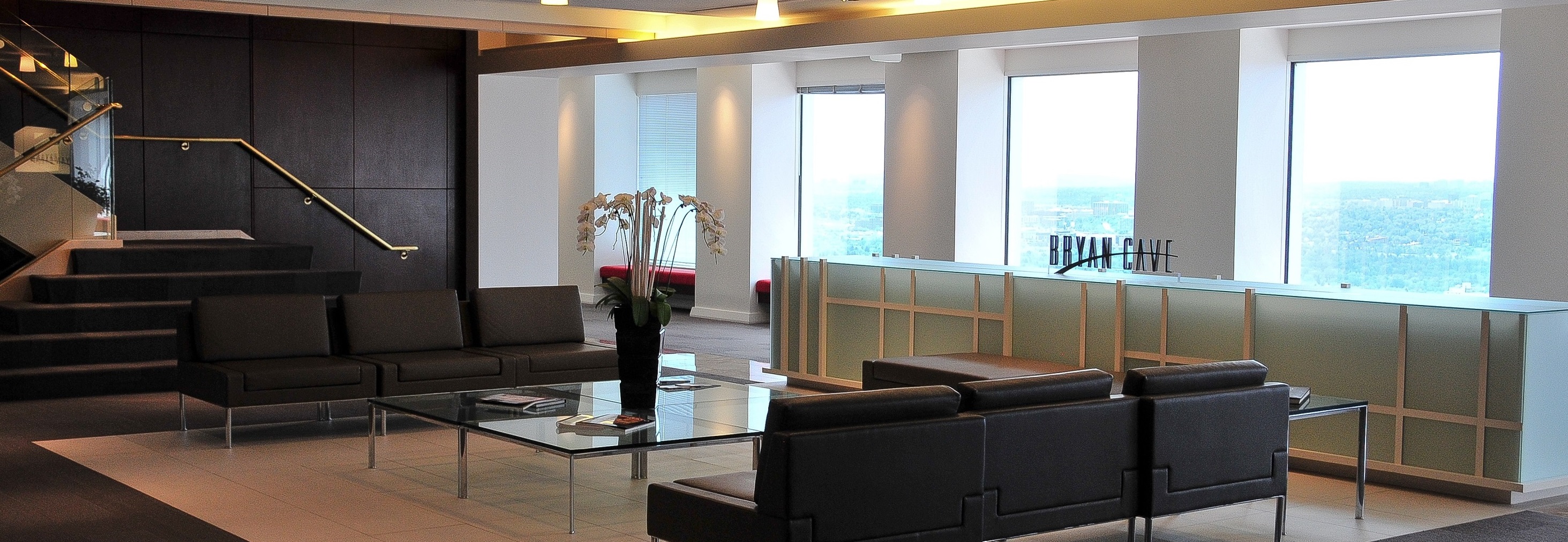The Setup
Assume a law firm currently leases 125,000 square feet at $25 per square foot in a market like Birmingham and it is considering relocating so that it can build out more efficient space (think smaller more functional attorney offices). The law firm anticipates it will shrink its footprint to 100,000 square feet while still accommodating the same number of lawyers. Provided the rent in the relocation space is comparable to current rents, the payback on the initial capital investment (assumed for this hypothetical to be $50 per square foot above any allowance a landlord is willing to provide) is likely to take ~8 years. After that period of time, the firm will start realizing some operating cost savings due to the lower annual rent on the reduced square footage.
If that same firm relocates that 100,000 square feet to a building that costs $35 per square foot, the annual rent will increase $375,000 and the capital costs of $5M will never be recovered.
This picture changes dramatically in a city like New York where rates can be $85 per square foot even assuming a bigger capital investment ($100 per square foot above landlord allowances). If a New York firm relocates to smaller space in a comparably priced building, the payback is likely to take just under five years. If that same firm moves to a building with $95 per square foot rent, the payback moves closer to twelve years.
How Can a Firm Justify Relocation Costs?
Given the best case slow payback and worst case increased operating expenses of the above examples, how can a law firm justify a relocation and build out of new space, especially in a lower-rent market? The answer is simple: either there needs to be an anticipated revenue increase associated with the new space or the partners have to be willing to pay a premium to be in more functional and/or desirable space.
If the firm is looking for an associated revenue increase, what are the potential sources?
Better Collaboration?
Perhaps new space is designed to encourage collaboration so attorneys and staff interact more frequently, sharing best practices and identifying opportunities for other attorneys to work on existing client accounts. This theoretically creates more work which results in more billable hours and more revenue for the firm.
This justification only works if there is capacity in the current system, i.e. there are attorney/paralegal hours available that are not currently being filled/billed. An increase in work resulting from collaboration would only increase revenue per square foot if it resulted in the current attorney/paralegal productivity increasing. If there is no existing capacity, any increase in demand resulting from the new layout would necessitate an increase in staff and the associated leasing of additional space to accommodate that staff.
Recruiting/Retention?
Perhaps the goal of relocation is to design new space that is more attractive to new law grads or laterals so that recruiting/retention is made easier. To the extent attorney turnover is high and there is a high level of confidence that a change in the space could affect that turnover, attrition costs could be reduced by the new space. This alone is not likely to justify the higher occupancy cost. To the extent the space is more attractive to laterals, a law firm again is going to be back to the problem of having to add space as it adds laterals.
Increased Billing Rates?
Maybe the theory is that nicer and more progressive spaced will help a firm attract a higher caliber of lawyers, thereby justifying higher billing rates which can then offset the real estate costs. Proceed with caution on this assumption.
Abercrombie & Fitch general counsel Robert Bostrom recalls his company’s accounting department telling him that an outside counsel’s rates were too high because their real estate costs were too high. His response to these accountants was that he wasn’t going to tell his outside law firms how to run their businesses, however, he might use different firms going forward.[i]
This sentiment was echoed in the hours I spent interviewing general counsel at ten 1,000+ employee companies earlier this year. While none of them want to tell outside counsel how to run their business, they uniformly stated that they better not see a rate increase right after outside counsel moved into showy new space or a high rent building.
I will caveat this by saying that if a law firm can make a legitimate and compelling argument that the new space is going to make them more efficient and productive lawyers which will in turn result in value to the client, the move might be a non-issue, however, making such an argument is incredibly difficult to do. It is probably still advisable to distinguish rate increase requests from higher real estate costs.
Creating New Profit Centers?
So where does this leave us? Is relocating and restacking just flushing money away? No. If a law firm builds space that encourages collaboration and that collaboration leads to innovation (i.e. re-imagining things that already exist), which in turn allows the firm to identify new ways to generate value for and revenue from their clients, then it can actually “pay off.”
Bryan Cave, for instance, houses a technology department within its space. This department figured out how to take software the firm had developed to help it better manage its own legal operations and sell the same platform to its clients in the form of BCXponent, creating a revenue stream that is not dependent on billing more hours or increasing headcount.
Some firms like Orrick Herrington & Sutcliffe are building incubators to create technology that not only improves the firm’s ability to practice law efficiently and effectively, but that also provides a new revenue stream for the firm. A new buildout that uses efficiencies derived from fitting more lawyers into less space to create space to house such incubators may actually “pay off.”
No Justification: We Are Just Willing to Pay for Better Space.
Maybe the best reason to relocate or build out new space is just that the partners in the firm think that such a move would make them and their employees happier to come to work every day because they are more interactive, collegial and collaborative. This has value too; it’s just not going to be seen in anyone’s paycheck.
[i] “Time to Step Up” by Gina Passarella, American Lawyer, November 2017.

